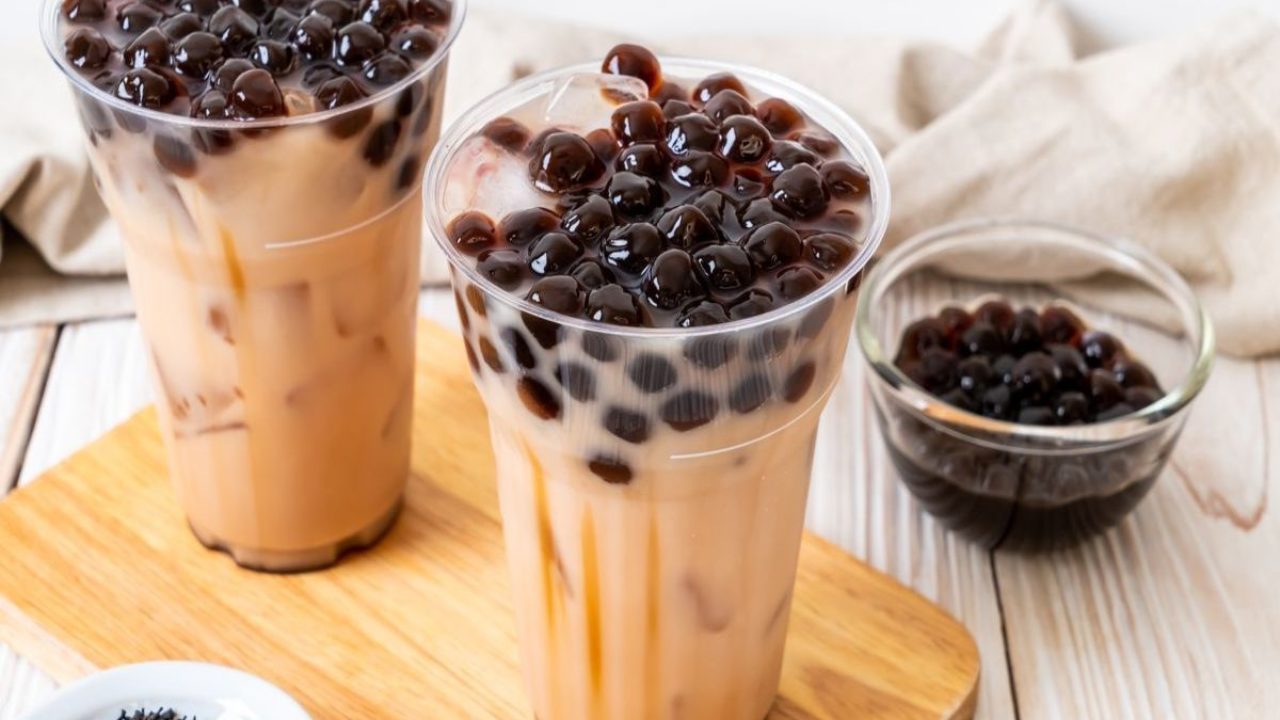
Chamberlains of London – Boba has become more than just a drink. It is a global sensation loved for its chewy pearls and sweet flavor. From teenagers to adults, everyone seems to have fallen in love with this colorful beverage. However, as its popularity grows, so do questions about its impact on health. Many people enjoy boba without understanding what really goes into it. The drink often contains high levels of sugar, artificial flavorings, and ingredients that raise concerns among nutritionists. While it may look harmless in a cup, experts suggest it could be quietly affecting the body. Most consumers focus on the fun and flavor, ignoring what medical professionals are beginning to highlight. There is more to this trendy drink than meets the eye. What seems like a harmless treat may in fact carry health consequences that are not widely discussed in public.
The sweet and chewy pearls found in boba drinks are usually made from tapioca starch. Though derived from cassava root, the processing of tapioca removes most nutrients. What remains is mostly empty carbohydrates. To make matters worse, the pearls are often soaked in sugar syrup before being added to the drink. Some versions even use artificial color and flavor additives. Milk teas used in boba shops may not contain real milk at all, instead using non-dairy creamers filled with hydrogenated oils and preservatives. The overall calorie count can reach over 500 per serving, especially when sugar and flavored syrups are added. Doctors have expressed concern about the long-term effects of consuming these drinks regularly. The real issue lies in repeated exposure to excess sugar and low-quality ingredients that may contribute to health problems like obesity, insulin resistance, and liver stress.
Healthcare professionals are beginning to speak out about potential health issues tied to frequent boba consumption. Studies show that diets high in added sugars increase the risk of chronic diseases. Since many boba drinks exceed the daily recommended sugar intake in just one cup, the risks are serious. Children and teens, the largest consumer group, are especially vulnerable to the negative impact. Excess sugar not only contributes to weight gain but also triggers inflammation and weakens the immune system. Gastroenterologists have also raised concerns over the indigestibility of tapioca pearls. There have been reports of abdominal pain and digestive blockages when pearls are consumed in large amounts. While these cases are rare, they reveal the need for moderation. Boba may be fun and trendy, but the health risks should not be underestimated. Choosing lower-sugar options or enjoying it occasionally can make a difference.
Marketing strategies used by the boba industry often target young people. Bright packaging, trendy flavors, and social media presence create strong emotional connections. Limited-edition flavors and loyalty rewards further encourage frequent visits. This form of marketing can cause regular consumers to ignore health warnings. Influencers and viral videos often promote boba drinks without addressing the sugar content or ingredients. Educational campaigns on the health impact of these drinks are lacking. The gap between consumer awareness and actual product content remains wide. Experts suggest that labeling should clearly show sugar levels and calorie counts to help people make informed choices. The appeal of boba cannot be denied, but ethical responsibility must also come into play. Greater transparency from the industry could help reduce the potential harm, especially for young fans who consume it regularly.
“Read more: Borderless Crime Meets Its Match: UN and EU Launch Bold Anti-Trafficking Alliance”
Despite the concerns surrounding boba, consumers do not have to completely give up their favorite drink. Healthier options are becoming more available. Many shops now offer reduced-sugar versions, natural sweeteners, and real milk instead of creamers. Tapioca pearls can be replaced with fruit-based alternatives like chia seeds or aloe vera. Adding fresh ingredients and requesting less syrup are small changes that lead to better outcomes. Drinking water alongside boba can help reduce sugar spikes. Consumers are encouraged to enjoy the drink as an occasional treat rather than a daily habit. Parents can educate children about moderation and make informed decisions together. Shops that promote clean-label versions help lead a healthier shift in the industry. With a bit of awareness and mindful selection, boba fans can still enjoy their favorite beverage without compromising their health.